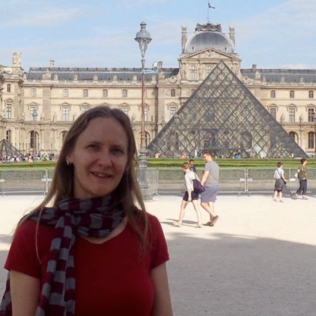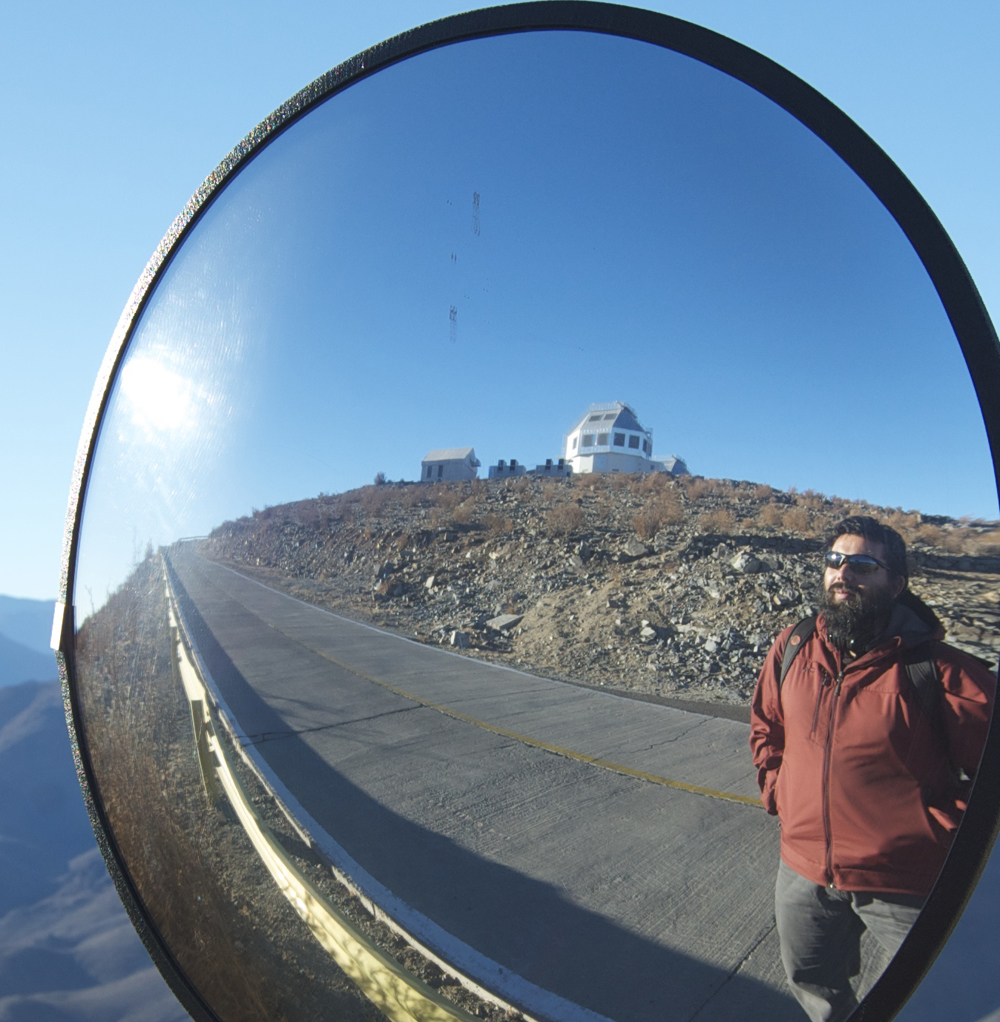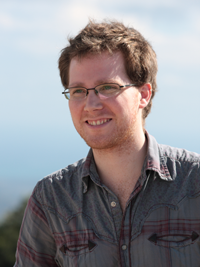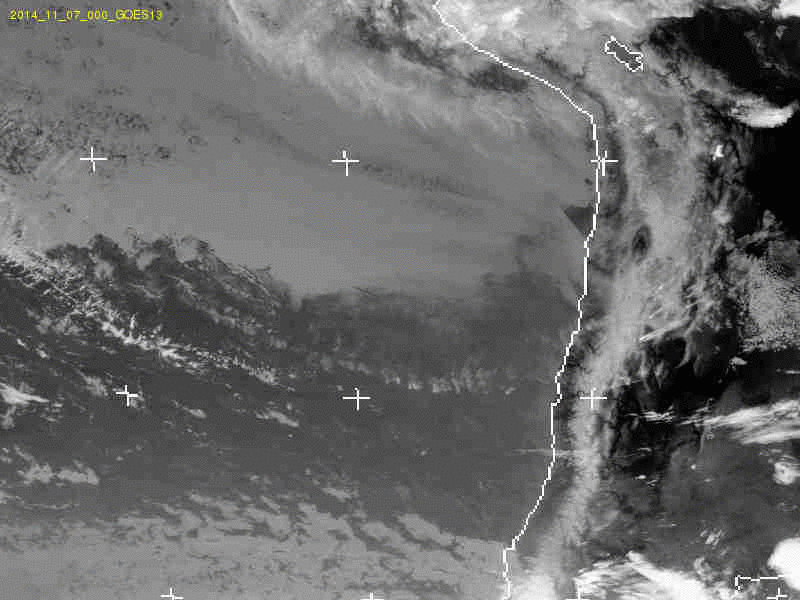

PhD: Pontificia Universidad Católica de Chile (2011)
Research Area: Evolution of Close Compact Binaries, Common Envelope Phase, Cataclysmic Variables, SNe Ia progenitors, Planets Around Evolved Binaries
Publications: ADS
Telephone: (+56 32) 299 5556
email: mzorotovic at dfa.uv.cl
Webpage: https://sites.google.com/site/mzorotovic/
About my research: My work is focused on the simulation of close compact binary stars, and the comparison of these with observational data. The aim is to achieve a better understanding of the common envelope phase, a phase that most of these stars undergo, which is a clue for understanding the evolution of some of the most interesting objects in the universe, such as type Ia supernovae, cataclysmic variables, or close double white dwarfs, to name a few. In addition, the recently suggested possibility of planets around evolved close compact binaries has raised the interest in knowing how they might have formed.

PhD: Universidad de La Laguna, Tenerife, España.
Research Area: stellar formation, stellar clusters, Milky Way galaxy, infrared astronomy, massive stars.
Publications: ADS(full) - ADS (refereed)
Telephone: (+56 32) 299 5555
email: sebastian.ramirez at uv.cl
About my research: I am a postdoctoral researcher in the group of "Star Clusters" led by Jura Borissova and Radostin Kurtev and the Millennium Institute of Astrophysics (MAS), mainly focused on the characterization of new massive clusters in the Milky Way. The discovery and characterization of these objects is done with near-infrared data, such as 2MASS and VVV catalogs for photometry, and observations with SOFI, FLAMINGOS-2 or OSIRIS for spectroscopy. With the massive cluster census we expect to map the structure of the Milky Way, to estimate the rate of star formation and to understand mechanisms of massive star formation in our Galaxy, among other objectives
Teaching: Stellar astronomy FIS320, 2nd semester 2013

PhD: Universidad de Warwick, UK.(2012)
Research Area: White dwarfs, low-mass stars, compact binaries, eclipsing binaries.
Publications: ADS
Telephone: (+56 32) 299 5557
email: steven.parsons at uv.cl
About my research: I study binary star systems containing at least one white dwarf component. My main focus is high-precision studies of eclipsing systems, combining both high-speed photometry and high-resolution spectroscopy to determine ultra-precise fundamental parameters for both stars in the binary. The eclipsing systems also allow us to search for planets in orbit around the binary by timing the eclipses and observing any long-term trends in the eclipse arrival times. I also utilise large surveys, such as the Sloan Digital Sky Survey and the Catalina Real-time Transient Survey in order to discover new eclipsing systems. I am also searching for close binaries containing white dwarfs with more massive FGK-type main-sequence companions, since these are possible supernova Ia progenitors





